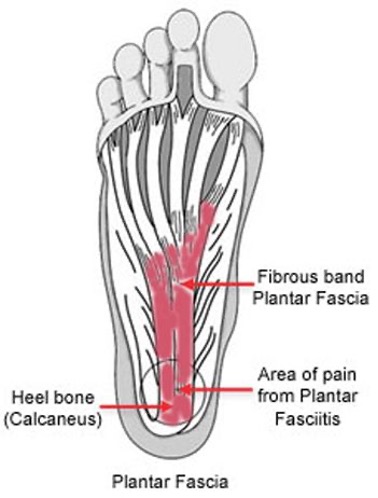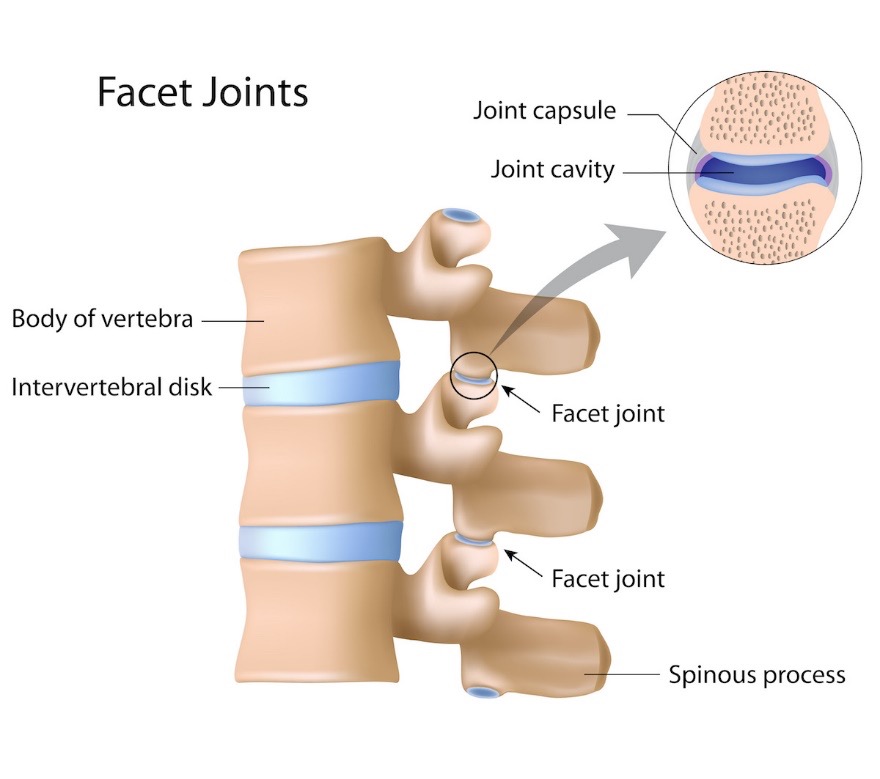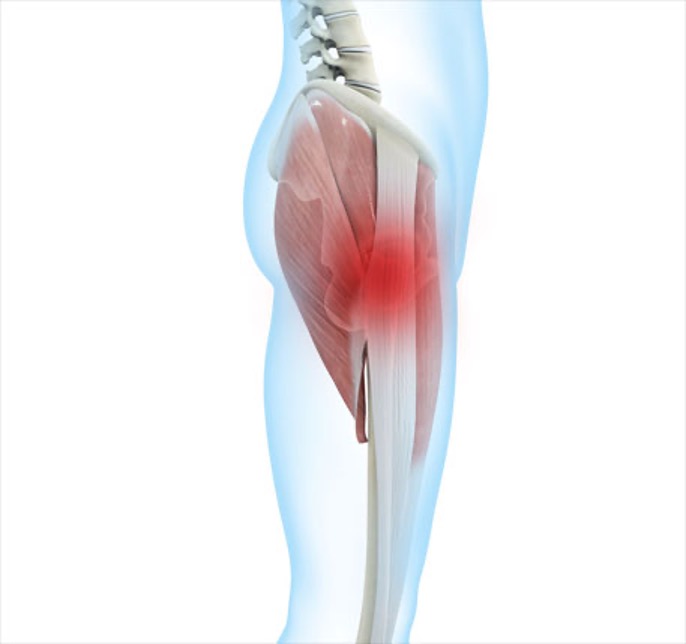Frozen shoulder, or adhesive capsulitis, is a condition affecting the shoulder joint causing restricted and painful movements. This occurs due to the tightening of the encapsulating connective tissue and the development of scar tissue within the joint. The exact cause is unknown, however, there are many contributing factors. The Journal of Physiotherapy states some include: trauma, surgery, hormonal, systemic conditions, such as diabetes (diabetics are 20% more likely to develop a frozen shoulder), hypothyroidism, Parkinson’s Disease, cardiovascular disease, and after a period of immobilisation. The Journal of Current Review in Musculoskeletal Medicine reports that frozen shoulder affects 3-5% of adults, commonly aged between 40 and 60 years old, and is four times more common in women than men. The average duration of a frozen shoulder is between 1-3 years.
The main symptoms of a frozen shoulder are pain and stiffness, making it very difficult to engage in functional tasks. People often describe the pain in the shoulder region as dull or aching. In some cases, the pain can extend above your shoulder to your neck, and below the shoulder in the arm. Often the pain is worse at night, making sleeping difficult.
There are three phases in frozen shoulder. Each stage presents with different symptoms and has its own timeframe.
-
Freezing Phase
The gradual development of often constant shoulder pain, which often is described as ‘sharp’ and ‘severe’ with end-range movements. Pain at night is common, along with sleep disturbances. The restriction often gets worse with time. This stage commonly lasts anywhere from 3 to 6 months.
-
Frozen Phase
Resting shoulder pain slowly begins to subside with often sharp pain described only at the end ranges of movement. Concurrently, the shoulder becomes progressively stiffer, and the shoulder range of motion is significantly reduced. This stage can last 4 to 12 months.
-
Thawing Phase
Within this phase, the range of motion improves and slowly returns back to normal. Pain is significantly reduced and functional activities can be completed again. This phase can take anywhere from 6 months to 2 years.
In many cases, a physical examination is often sufficient to diagnose a frozen shoulder. Various manual tests, along with active and passive movements, and a comprehensive history is conducted. Unless other simultaneous pathologies are present, radiological imaging is often not required.
Treatment is very individual, however anti-inflammatory medication, in the form of a tablet or an injection, is often suggested at some point within the first two stages. Treatment should also include physiotherapy, which incorporates various strengthening, movement, and stretching exercises. The goal of treatment is to maximise daily function and to establish independence.
Book in with Robert (bookings can be made on the website or by calling (08) 9203 7771 for an assessment, treatment, and an exercise program




